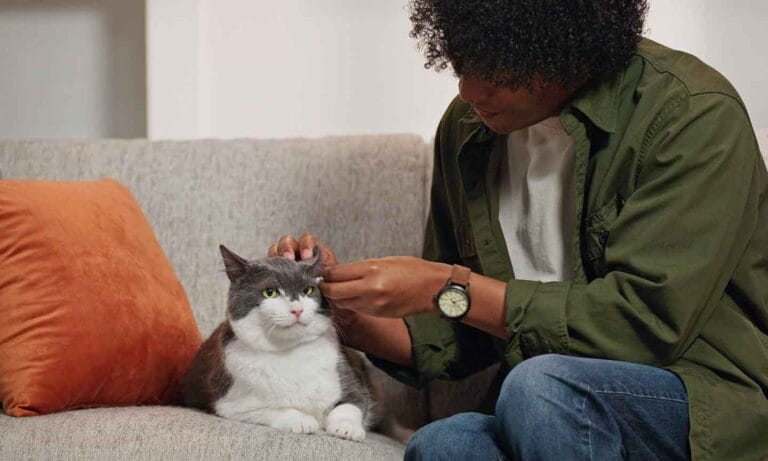Cats are notorious for living life on their own terms, and that doesn’t usually involve taking medication. But if your vet has advised you to give your cat a pill, it’s your responsibility to follow through. So, how do you give a cat a pill—and make sure they actually swallow it?
First, know that you’re not alone. Giving a cat a pill can sometimes be a challenge—even for veterinary professionals. Still, learning how to give medicine to a cat is an important skill to master for the sake of your cat's health. Though it may not be simple, it is absolutely possible, especially when you’re armed with the right tools and tricks.
We’re breaking down the steps below, but don’t forget that your veterinarian is a great resource when it comes to learning the best way to give your cat a pill. Don’t be afraid to ask them questions or even request a demonstration to help you understand what works for your cat.
Read on to learn some veterinarian-approved tricks of the trade to learn the best way to give a cat a pill.
Click the buttons below to jump to that section:
What You’ll Need to Give a Cat a Pill
- Your cat’s medication (in pill form)
- A pet piller, such as 21st Century Essential Pet Pill Gun (recommended)
- Cat treats
- A towel or blanket (optional)
How to Give a Cat a Pill
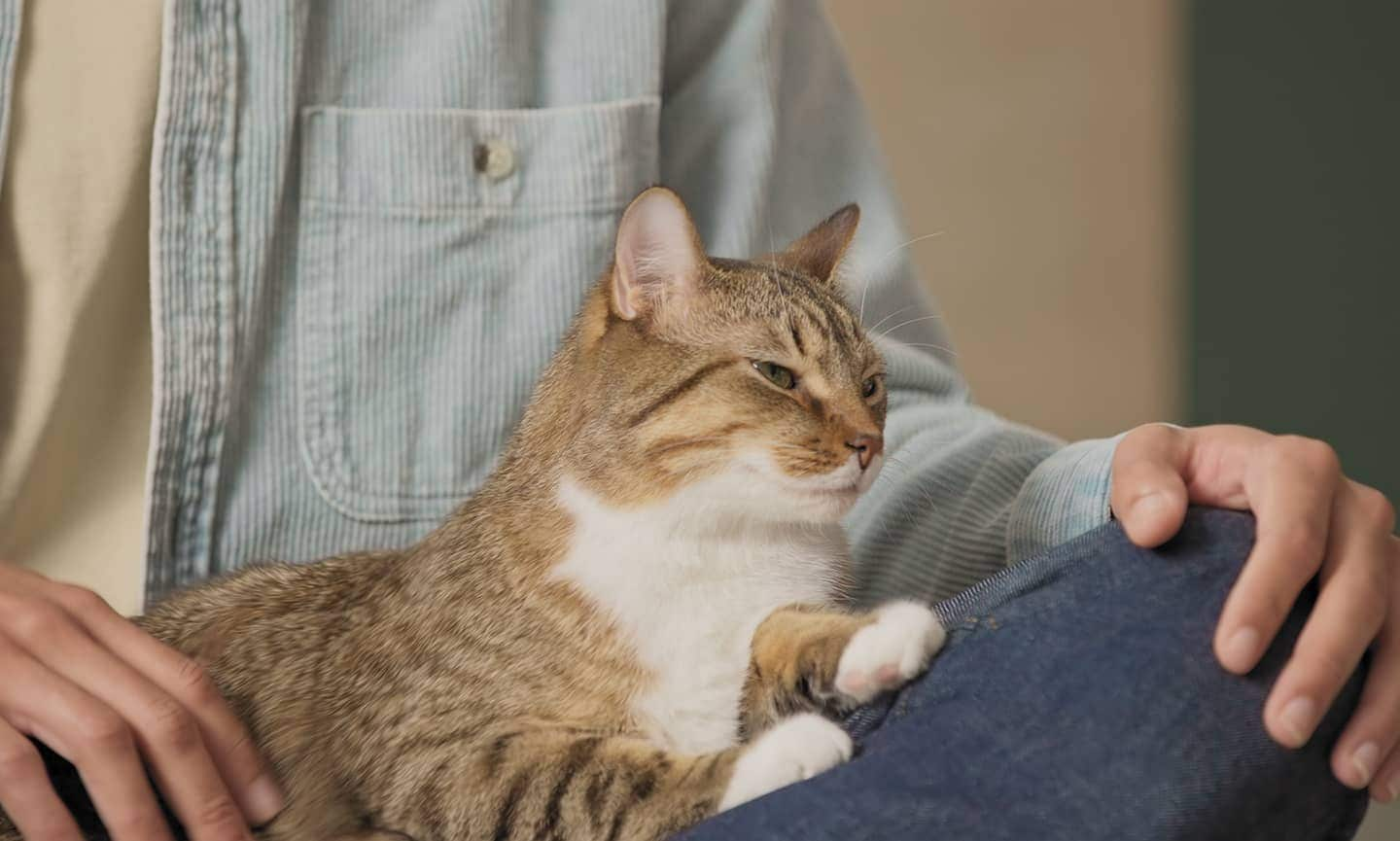
1 Hold Your Cat
You’ll need to have a good grasp on your kitty to make this work. Set yourself up somewhere you and your cat are both comfortable. Some popular options are:
- Sitting with your cat in your lap
- Standing and holding your cat on a flat surface, like a table or counter
- Wrapping your cat in a blanket or towel, burrito-style, with just your cat’s head poking out. (If your cat is a feline escape artist, or prone to biting and scratching, this may be your best option.)
Wherever you decide, make sure you have your cat’s medication within reach.
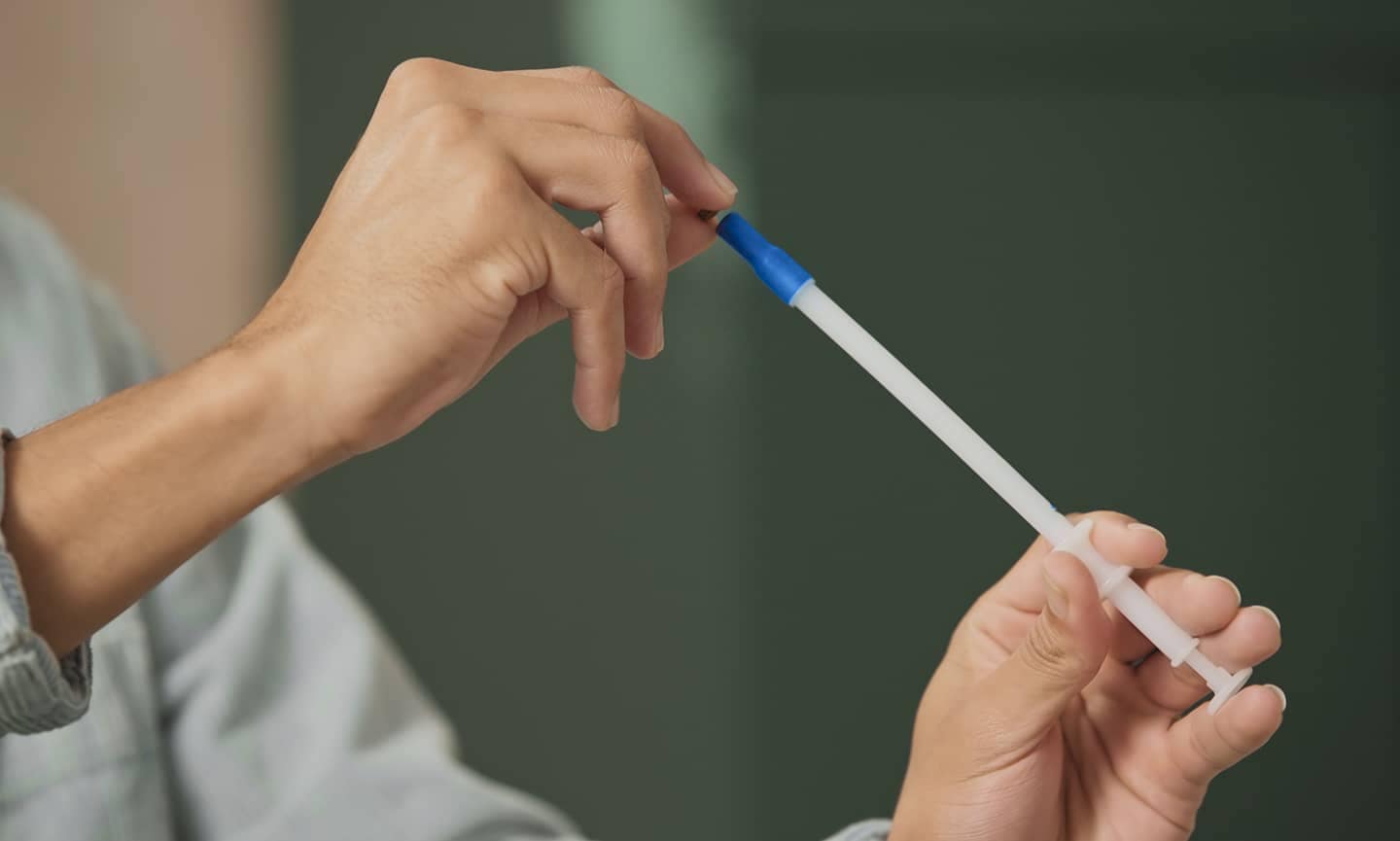
2 Prepare the Pill
Many cats view humans’ hands in and around their mouth as a threat, and are prone to react by biting. To save your fingers, use a pet piller, which is essentially a long, plastic plunger that will allow you to deposit the pill as far back in your cat’s mouth as possible without putting your hands at risk of a chomp.
With the plunger extended, load the pill into the piller. Make sure it’s securely positioned, so that it doesn’t fall out before you’re ready to administer it. Hold the piller in your dominant hand.

3 Gently Open Your Cat's Mouth
Place your non-dominant hand on your cat’s upper jaw, with your thumb on one side near the back corner and your fingers on the opposite side. Gently apply pressure to encourage your cat to open their lower jaw. If they’re still hesitant, keep your non-dominant hand in place, and use one finger of your dominant hand to apply gentle downward pressure on their front teeth. But don’t put down that piller to do so—you’re going to want to have it in hand for maximum swiftness.
Remember: A cat opens their mouth by dropping the lower jaw, so don't attempt to open the kitty's mouth by prying up.
Continue applying pressure until your cat opens their mouth.

4 Put the Pill In Your Cat's Mouth
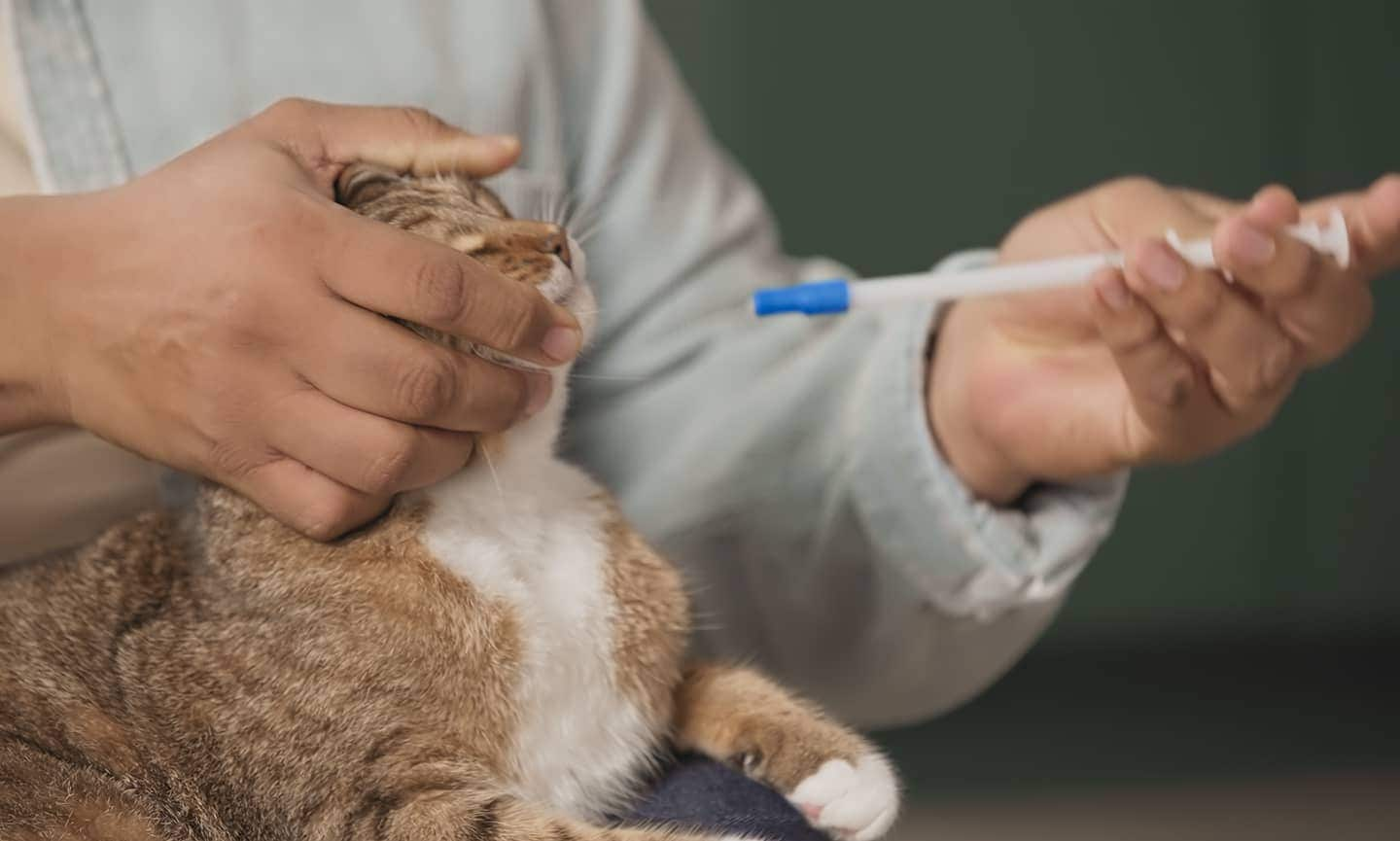
5 Hold Your Cat's Mouth Closed

6Encourage Your Cat to Swallow
There are a couple tactics you can use to encourage your cat to swallow. These include:
- Blowing gently on your cat's nose
- Stroking their throat softly
Stay in position and keep blowing on their nose and stroking their throat until you’re reasonably sure that they’ve swallowed. (With cats, it can be difficult to know for sure.) Most cats will lick their nose after they've swallowed a pill, so watch for that when you do release their jaw.
Remember to be patient, as cats have been known to spit out medicine many minutes later. If your cat does spit out the pill, stay calm. As long as your cat doesn’t appear agitated, you can try repeating the above steps right away. If they do appear distressed, take a break and wait until they have calmed down a bit before repeating the steps. Don’t hesitate to call your veterinarian if your cat continues to refuse the pill.
Fun (or not so fun) fact: If your cat doesn’t like the taste of the pill, they may foam or froth at the mouth during this step. That’s right—taking a pill could give your cat a drool output worthy of a Mastiff. Consider yourself warned!
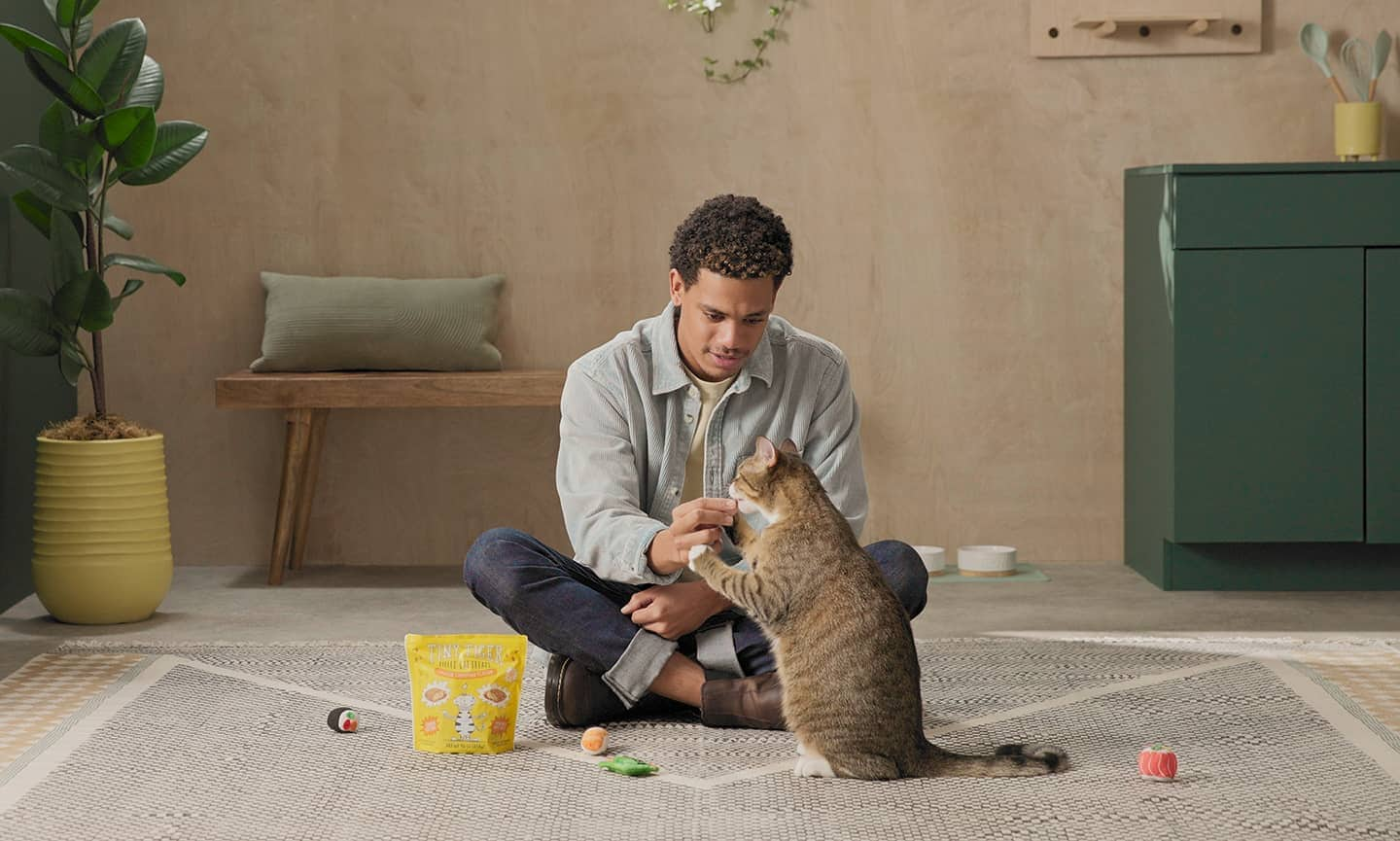
8Reward Your Cat
Troubleshooting Tips for Pill-Averse Cats
Let’s be honest: There’s a very good chance that your cat will fight against swallowing a pill—or downright refuse to do so. If you’ve tried the steps above with no luck, consider these tips:
- Practice With Treats: Follow the above steps, but instead of administering a pill with the pet piller, try putting a pill-sized portion of your cat’s favorite treat in the piller instead. Practice using the piller with the treat until your cat is more tolerant of the process. In fact, food-motivated kitties might even start to look forward to this special type of treat time! (No promises, of course.)
- Hide the Pill in a Treat: If your vet says it’s OK, hide the pill in the center of a treat. You can use your cat’s favorite treats if they’re soft enough; if not, Greenies Feline Pill Pockets are made specifically for hiding cat medicine inside. Double-check with your vet before trying this tactic, though, as some medicines are not meant to be taken with food.
- Ask Your Vet for Other Options: If you're still not able to get your cat to take their pill, you may want to try giving your pet the same medication in a different form. For example, your vet may be able to prescribe liquid cat medications that can be given via syringe or dropper, which your cat may take more willingly than a pill. Some cat medicines are even available in forms that avoid your cat’s mouth altogether. Transdermal medications, aka gels that are rubbed into an area of skin with less fur, such as the inner ear, are absorbed via the skin—that’s about as simple as it gets.
It's important to have an open and honest line of communication with your veterinarian if you are struggling with how to give your cat a pill, so they can help tailor your cat's treatment plan in a way that keeps both you and your cat relaxed and safe, and to protect the trusting bond you have with each other.
Read More
Share:





